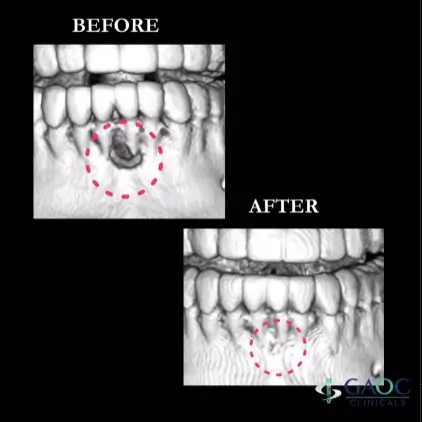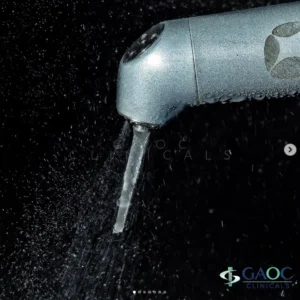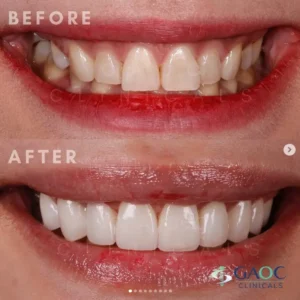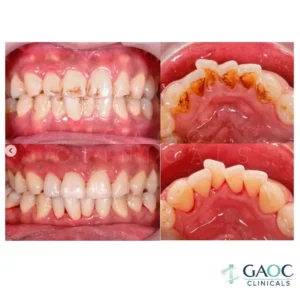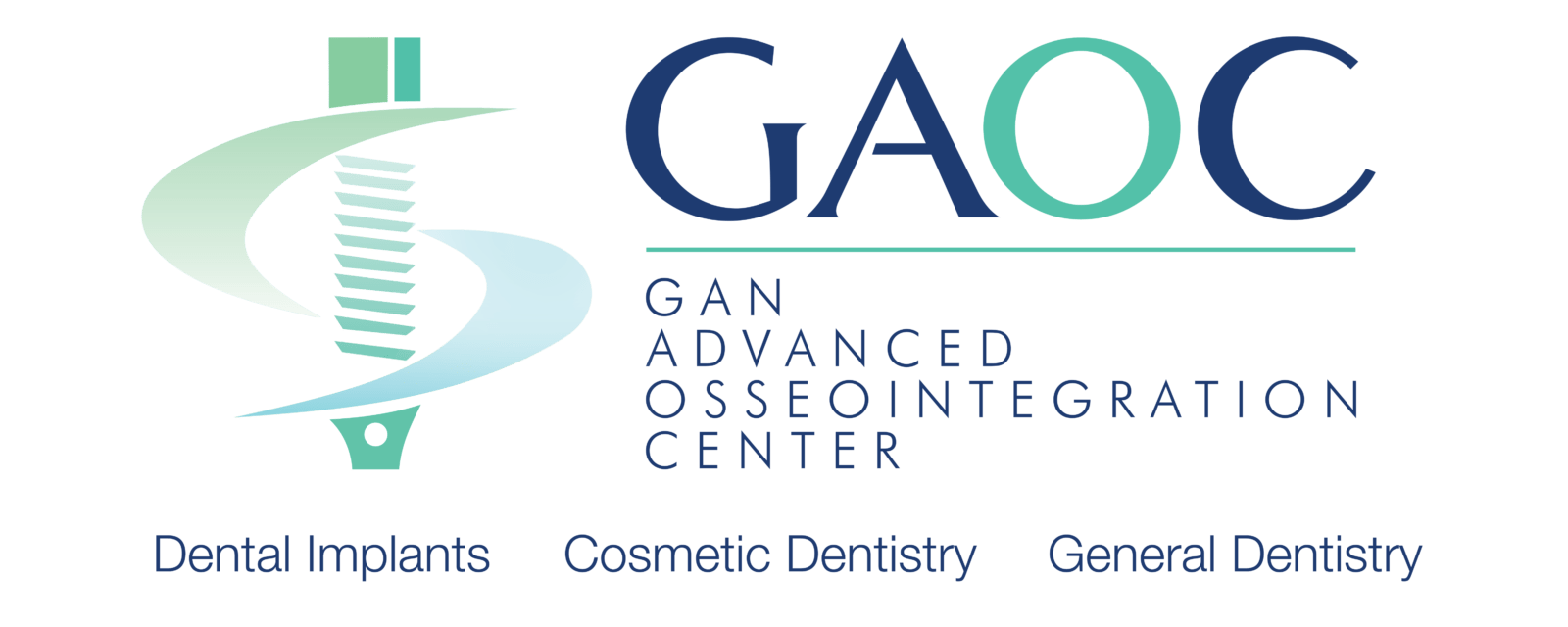Multiple factors have been suggested as the possible cause of pulp and periapical disease, one of which is trauma from occlusion. Recent studies have shed light that traumatic occlusion can adversely affect the dental pulp, the periodontal ligament tissue, and the supporting alveolar bone. Occlusion is much more complex than the physical contact of the occluding surface of opposing teeth. It is an elaborate interaction between components of the masticatory system, temporomandibular joints, and neuromuscular system. When disrupted by trauma from excessive loading, these structures lose their ability to adapt from inflammation. The type of inflammation seen on the periradicular tissues is quite similar whether the source is from microorganisms or a mechanical irritant, thus, an accurate diagnosis of the causative factor is crucial in treatment planning.
A 42-year old female patient presented a discomfort on tooth 31. The dental history revealed that the patient received veneers both for upper and lower anterior teeth. Clinical examination revealed that tooth 31 was positive to percussion and palpation. Signs of premature contact of restorations on anterior teeth, as well as symptoms of temporomandibular disorder were noted. Radiographic examination through a periapical radiograph and dental CBCT showed a large periapical radiolucency. The diagnosis for the development of the chronic apical periodontitis was concluded to be traumatic occlusion.
Access preparation was done to start the drainage. There was no bleeding or exudate upon access which means the pulp is already in the necrotic stage. One of the key factors in the prognosis of root canal treatments with large radiolucency such as these is the incorporation of laser dentistry in the treatment. Studies show that root canal treatment with Er: YAG laser and NaOCl exhibit high bactericidal effects. In between appointments for canal drainage, all old restorations were changed to zirconium silicate micro ceramic as long term provisional veneers. Orthodontic treatment was also done to correct malalignment of the teeth that caused the traumatic occlusion of the patient
